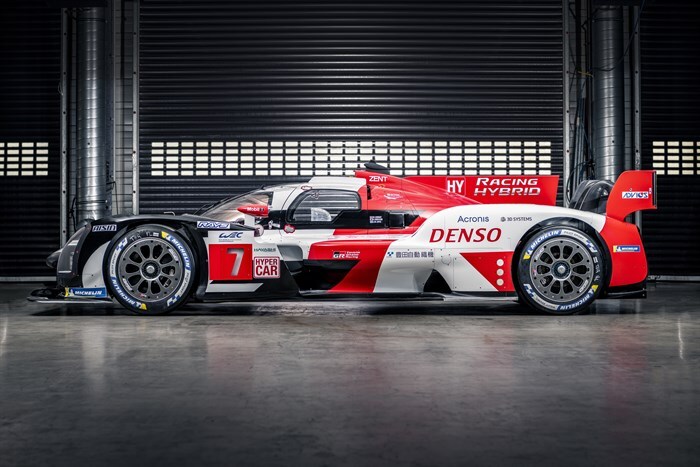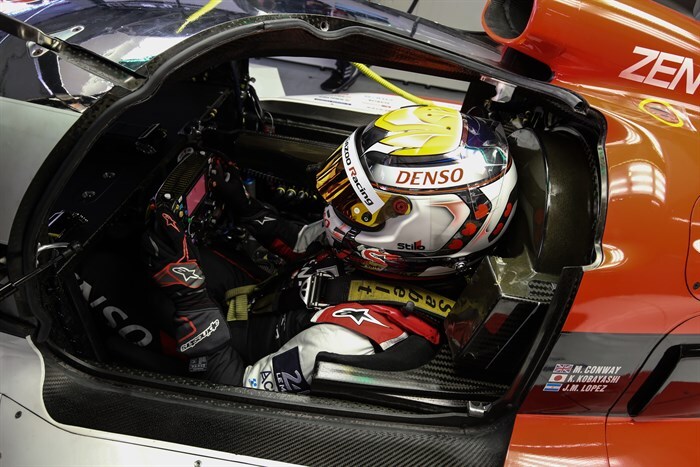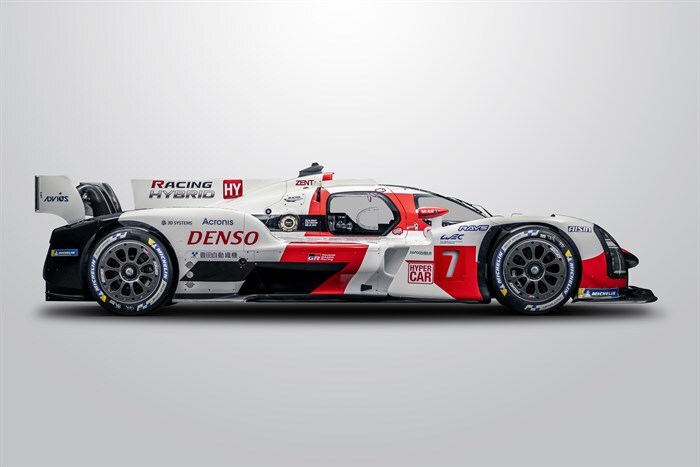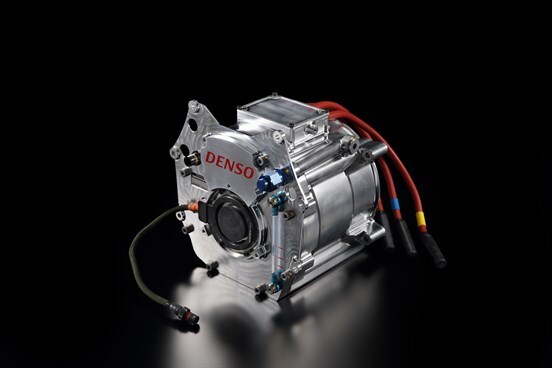Under the bonnet of TOYOTA GAZOO Racing’s new hypercar

With the first stage of the FIA World Endurance Championship 2021 just weeks away, there’s more to look forward to than ever this year.
This season brings a totally revamped top class of competition. The LMP1 class, which has been in use since 2013, has been replaced with a new class: Le Mans Hypercar (LMH), a universal high-performance category open to both specialized prototypes and competition versions of road-going hypercars.
Among the requirements of this category are a 1030kg minimum weight and a maximum power of 500kW (680hp), making for a target lap time of 3:30 at Le Mans.
TOYOTA GAZOO Racing was one of the first manufacturers to announce its participation in the LMH class, setting about developing a new car based on the GR Super Sport concept first shown in 2018. However, it would not be until January 2021 that the exciting new prototype was unveiled.
Introducing the GR010 HYBRID
The Toyota GR010 HYBRID is the result of joint innovation between Toyota’s headquarters in Germany and electric hybrid powertrain experts in Japan.
It is based on a powerful four-wheel drive racing hybrid powertrain, with a 3.5-litre V6 twin turbo engine providing combustion power, assisted by DENSO spark plugs.

As for the electric motor, this is where perhaps the biggest departure from previous models occurs. Instead of using twin motor generator units (MGUs) at the front and rear, the GR010 Hybrid employs a single MGU and inverter – developed by AISIN AW and DENSO – on the front axle. As a result, for the first time on a Toyota GAZOO WEC car, a starter motor and fully hydraulic rear brakes are both present.
This continues a long history of DENSO contributing technology to TOYOTA GAZOO Racing cars. DENSO is known for market-leading excellence in inverter technology, and also provided the inverter for the manufacturer’s two previous WEC models, the TS050 and TS040.
One notable effect of the GR010’s engine changes is that the new ‘twin six’ engine can produce the maximum 680hp on its own, while the MGU and inverter produce 272hp. To stay within the power limit, the GR010 HYBRID monitors the power load and intelligently redistributes it between the electric motor and combustion engine, managing the electric battery to provide the maximum hybrid boost throughout a race.
Big hopes for 2021
The GR010 Hybrid has an impressive reputation to live up to. Its predecessor, the TS050 Hybrid, is one of the most successful WEC cars in recent years, having been the championship-winning car in 2019 and 2020, winning the 24 Hours of Le Mans race in both years. But in the TOYOTA GAZOO camp, there is a sense of excitement that this new model may go even further.
“It has been a tremendous effort from the team in Higashi-Fuji and Cologne, as well as our suppliers and partners, to develop and produce this new car,” said Rob Leupen, Team Director at TOYOTA GAZOO. “We are all looking forward to showing it to the world.”

In the driver’s seat are the same talented team of six who competed in the WEC’s previous season: Mike Conway, Kamui Kobayashi and José María López in the #7 car, and Kazuki Nakajima, Brendon Hartley and Sébastien Buemi in the #8.
After pre-season testing and then the first stage Spa-Francorchamps on 1 May, the championships head to Portugal on 13 June. The season’s longest race, 24 Hours of Le Mans, follows in June. Then in the second half of the year, the championship visits Monza and Fuji before concluding at 8 Hours of Bahrain.
Sébastien Buemi summed up how the drivers were feeling about the new vehicle: “We have been waiting for this new era for a long time and finally we get to compete with our hypercar; I think it will be amazing. I am really pleased with the GR010 HYBRID; it feels like a very good car and it looks stunning.”
-

The rear motor, one of two hybrid motors in the Toyota TS050 Hybrid in the WEC 2019/20 season. This year, the GR010 employs a single front motor developed by AISIN AW and DENSO




















































